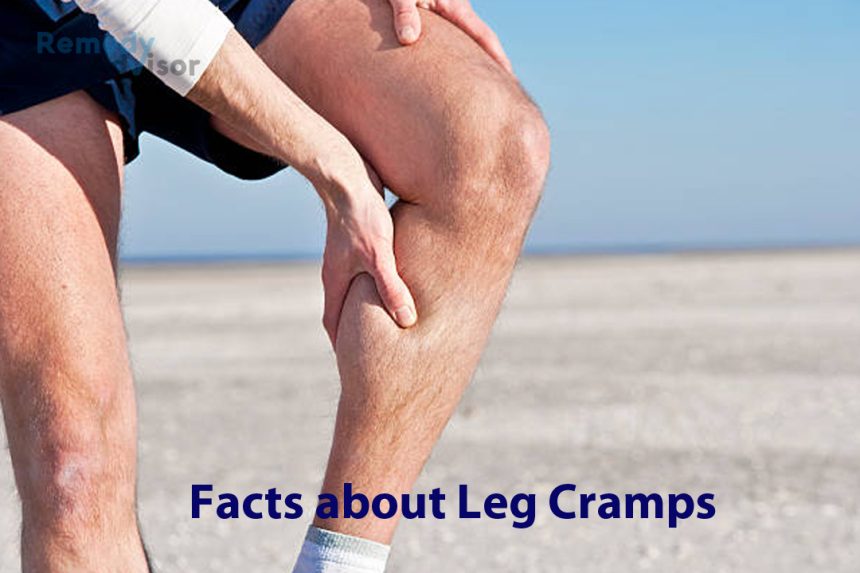If you’ve been experiencing leg cramps but have neglected to do anything about them, you may be placing your life in jeopardy. Reason: While two of the three main types of leg cramps are benign, a walking related cramp known as intermittent claudication can be a sign of heart disease.
• Nighttime leg cramps
Nighttime leg cramps typically involve a spasm in the calf muscle that wakes you up. To stop the pain: Gently massage the knot while alternately flexing and extending your toes.
Also helpful
Ask your doctor about taking the prescription medication quinine sulfate and about taking a daily supplement that contains 500 to 1,000 milligrams (mg) of calcium, 1,000 mg of magnesium and 400 international units (IU) of vitamin D.
The minerals are critical to proper muscle contraction. Vitamin D assures proper absorption of the minerals.
• Post-exercise leg cramps
Post-exercise leg cramps are usually caused by electrolyte imbalances brought on by heavy perspiration. These imbalances cause muscle and nerve cells to malfunction.
Helpful: Rest, drink water or sports drink like Gatorade before and during exercise and massage after exercise.
• Intermittent claudication
If walking gives you a cramp in one of your calves, see a doctor right away. Unlike other types of leg cramps, intermittent claudication is caused by reduced blood flow in one of the legs. In most cases, this reduction in blood flow is caused by the buildup of fatty deposits in leg arteries (atherosclerosis).
Danger: People who have fatty deposits in their leg arteries often have similar deposits in their coronary arteries. In fact, if someone has claudication, there is a 50% chance that he/she also has heart disease.
Claudication causes bad cramps in one leg after walking even a short distance. Typically, the cramp disappears after a minute or two of rest and recurs when you resume walking.
Other symptoms
Having one foot that has thicker toenails, is bluish in color, has less hair or is colder than the other foot.
Treatment for intermittent claudication is similar to that for coronary artery disease. In most cases, patients are urged to take long walks or get other regular aerobic exercise, quit smoking and adopt a low-fat, low-cholesterol diet.
Some cases of intermittent claudication require leg surgery to clear away the blockages. In some cases, doctors are able to push aside the fatty deposits by snaking a balloon tipped catheter through the skin and into the clogged artery. This procedure is called balloon angioplasty.
For severe cases, bypass surgery may be required. In this procedure the surgeon creates a “detour” around the blocked arteries by grafting a blood vessel from a large artery in the groin to an artery behind the knee.
In some cases, individuals who experience walking-related leg cramps are suffering not from claudication but from psewdoclaudication.
This comparatively benign condition is caused by abnormal growth of bone tissue in the spine. As the bone grows, the bony sheath encasing the lower spinal nerves narrows. That compresses the nerves, causing them to register pain.
How can you tell pseudoclaudication from true claudication? Pain from claudication goes away within two minutes when you stop walking. Pain from pseudoclaudication persists for five to 10 minutes.
If pseudoclaudication is accompanied by leg weakness and loss of sensation, surgery may be needed. Injections of cortisone and local anesthetic into the spinal cord region may decrease the pain.







